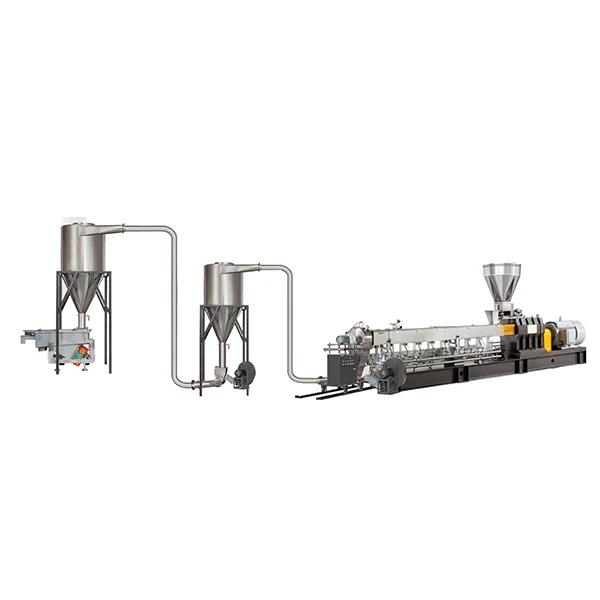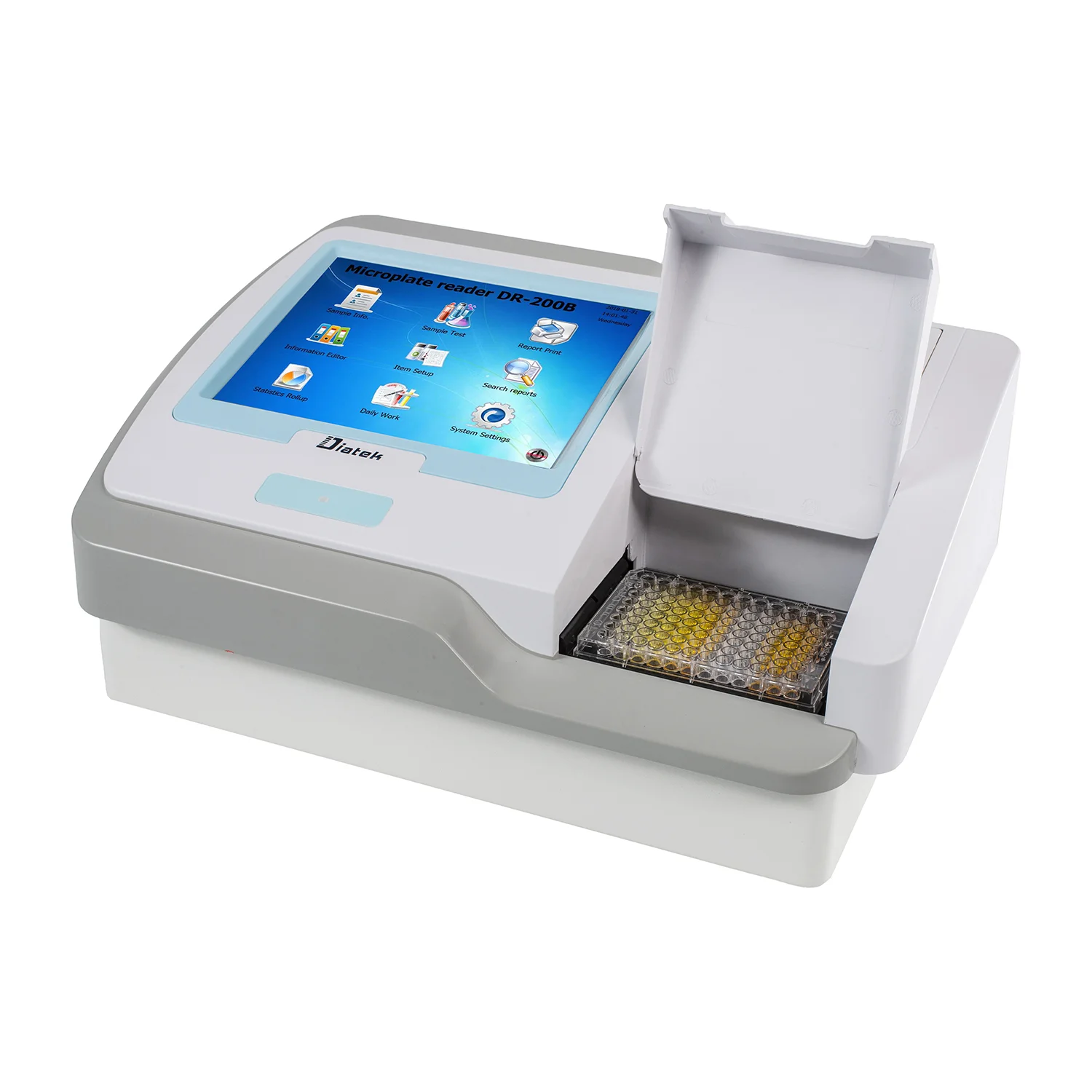In today's digital age, where sustainability and efficiency are paramount, double-sided printing has become a popular choice for individuals and businesses alike. However, you may have noticed that this once-convenient feature is no longer available on your printer. In this blog post, we will explore the reasons behind the disappearance of double-sided printing and shed light on the alternatives and solutions available.
- Technological Advancements:
With the rapid advancement of printing technology, manufacturers have introduced new printing models that focus on speed, quality, and cost-effectiveness. As a result, some printers may no longer support double-sided printing due to design limitations or cost-cutting measures. Manufacturers prioritize other features, such as wireless connectivity or high-resolution printing, over double-sided functionality. - Environmental Concerns:
In recent years, there has been a growing emphasis on environmental sustainability. Double-sided printing helps reduce paper consumption, ultimately minimizing deforestation and waste. However, the decline in double-sided printing availability may be attributed to manufacturers' efforts to promote eco-friendly practices. By removing this feature, they encourage users to adopt digital alternatives or invest in specialized duplex printers, which are specifically designed for double-sided printing. - Cost Considerations:
Printing on both sides of a sheet of paper requires additional hardware components, such as duplex units or automatic document feeders. These components increase the manufacturing cost of printers, making them more expensive for consumers. To cater to a wider market and offer more affordable options, manufacturers may have opted to exclude double-sided printing capabilities from their entry-level or budget-friendly printer models. - Software and Driver Limitations:
In some cases, the disappearance of double-sided printing may be attributed to software or driver limitations. Operating systems and printer drivers need to be compatible and properly configured to enable double-sided printing. If the necessary software updates or driver installations are not performed, the option may not be available. Additionally, certain applications or document formats may not support double-sided printing, further limiting its usage.
Solutions and Alternatives:
Although double-sided printing may no longer be readily available on all printers, there are several alternatives and solutions to consider:
- Manual Duplexing:
If your printer does not support automatic double-sided printing, you can still achieve the same result by manually flipping the paper and reinserting it into the printer. While this method may be time-consuming for large print jobs, it remains a viable option for occasional double-sided printing needs. - Duplex Printers:
Investing in a specialized duplex printer is an ideal solution for those who frequently require double-sided printing. These printers come equipped with built-in duplex units, allowing for seamless and efficient double-sided printing without the need for manual intervention. - Digital Alternatives:
Embracing digital alternatives, such as electronic documents, can significantly reduce the need for physical printing altogether. By utilizing digital platforms, cloud storage, and collaboration tools, you can share, edit, and review documents without the need for printing.
Conclusion:
The disappearance of double-sided printing from some printers can be attributed to technological advancements, environmental concerns, cost considerations, and software limitations. While this may pose challenges for those accustomed to this feature, there are viable alternatives and solutions available. By understanding the reasons behind its decline and exploring the options at hand, individuals and businesses can adapt to the changing printing landscape while embracing sustainability and efficiency.


